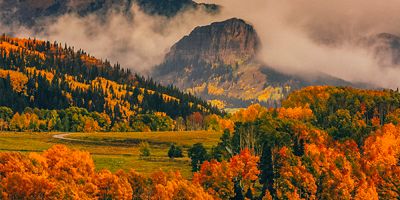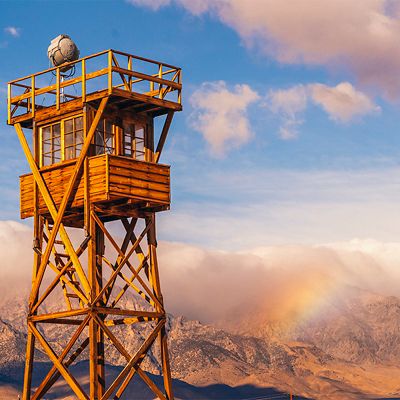Visiting the far-flung reaches of north-central Montana is a bit like stepping back in time. Here, bison roam the shortgrass prairie; meadowlarks and peregrine falcons swoop through the skies; and the buttes, river lands, and wide-open grasslands look much as they did before Europeans began ranching and farming across much of the American prairie. Travelers who brave the journey to this remote region can hike the trailless hills, sleep under the stars, and witness the restoration of an iconic ecosystem, all thanks to a bold conservation initiative called the American Prairie.
The project, run by a nonprofit based in Bozeman, Mont., aims to create the largest nature preserve in the lower 48—encompassing 3.2 million acres of badlands, prairie, and a stretch of the Missouri River—in a unique way. Most protected lands in the U.S. were created by government action, but AP’s goal is to build its preserve by buying private lands that connect existing public parcels. AP will hold the lands and manage them jointly with federal management agencies, with the intent of keeping them open to the public for recreation.
Since it began its work in 2004, AP has assembled 420,425 acres of land: It outright owns 105,378 of them and is leasing the rest from the federal and state governments. These lands border or sit close to the 1.1-million-acre Charles M. Russell National Wildlife Refuge, the 375,000-acre Upper Missouri River Breaks National Monument, and more public lands managed by Montana and the Bureau of Land Management. Together, they make up the vast preserve that AP hopes to restore to a fully functioning prairie ecosystem. Bison were reintroduced to the preserve in 2005, and managers want to build up the populations of many more species that traditionally made their homes here: mountain lions, elk, white-tailed deer, and bighorn sheep, among many others.
Far from cities and airports, AP takes dedication to visit—you’ll need to be prepared for rough roads, harsh weather, and little infrastructure. But the chance to explore this wild, rugged region is well worth the trouble. To get here, plan to fly into Bozeman, Great Falls, or Billings (go for the closest one to your intended destination within the reserve), and rent a car there. As you approach AP, Lewiston, Malta, and Lodgepole have some services—most crucially, gas.










